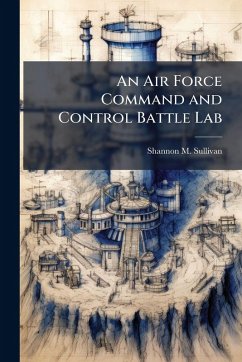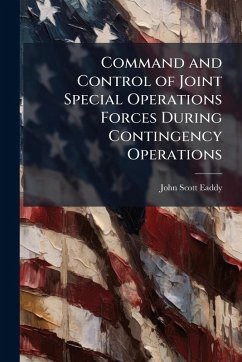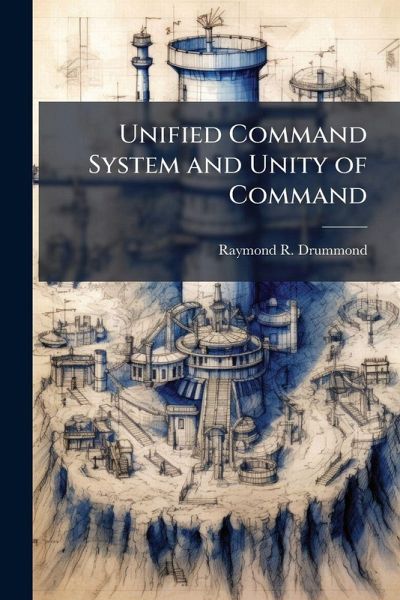
Unified Command System and Unity of Command
Versandkostenfrei!
Versandfertig in über 4 Wochen
14,99 €
inkl. MwSt.
Weitere Ausgaben:

PAYBACK Punkte
7 °P sammeln!
This study examines the ability of the current Unified Command System to provide unity of command and thereby obtain unity of effort in multi-service operations. After a brief review of the doctrinal underpinnings of the current system two historical case studies are developed -- Desert One and Grenada. These operations are viewed with the intent of determining the degree of adherence to the dictates of the current system and the unity of effort obtained. The study reveals that in both cases a departure from the existing system was evidenced. OPSEC played a critical part in detracting from the...
This study examines the ability of the current Unified Command System to provide unity of command and thereby obtain unity of effort in multi-service operations. After a brief review of the doctrinal underpinnings of the current system two historical case studies are developed -- Desert One and Grenada. These operations are viewed with the intent of determining the degree of adherence to the dictates of the current system and the unity of effort obtained. The study reveals that in both cases a departure from the existing system was evidenced. OPSEC played a critical part in detracting from the unity of effort obtainable, this largely because of the compartmentalization in planning. Additionally, ad hoc command and control and staffing arrangements evident in both cases may have been motivated by service rivalry and/or political concessions. The study concludes that existing doctrine appears adequate, though there is evidence of service resistance towards integration. This is characterized by the lack of authority generally provided to unifying entities. The resultant imbalance between responsibility and authority allows only for a loose confederation of single service forces. Lastly, service parochialism appears to emanate largely from a lack of mutual confidence and trust, and a general dearth of joint expertise. The study recommends that efforts to overcome this resistance must be initiated. These actions should include the following: enhanced education of mid-grade officers on the capabilities, techniques, and limitations of sister services, strict adherence to existing staffing guidance provided in UNAAF for multi-service commands, increased authority for unifying entities, and significant measures to enhance the prestige and rewards of joint service. This work has been selected by scholars as being culturally important, and is part of the knowledge base of civilization as we know it. This work was reproduced from the original artifact, and remains as true to the original work as possible. Therefore, you will see the original copyright references, library stamps (as most of these works have been housed in our most important libraries around the world), and other notations in the work. This work is in the public domain in the United States of America, and possibly other nations. Within the United States, you may freely copy and distribute this work, as no entity (individual or corporate) has a copyright on the body of the work. As a reproduction of a historical artifact, this work may contain missing or blurred pages, poor pictures, errant marks, etc. Scholars believe, and we concur, that this work is important enough to be preserved, reproduced, and made generally available to the public. We appreciate your support of the preservation process, and thank you for being an important part of keeping this knowledge alive and relevant.



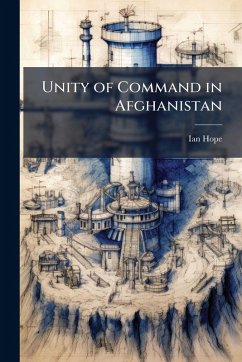

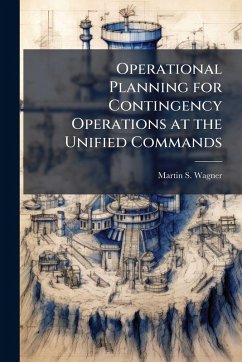
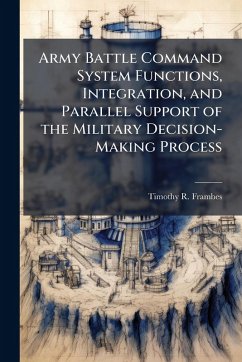
![A System of Drill, for the Militia, of Upper Canada [microform]: by Command of His Excellency, the Lieutenant Governor Cover A System of Drill, for the Militia, of Upper Canada [microform]: by Command of His Excellency, the Lieutenant Governor](https://bilder.buecher.de/produkte/65/65587/65587732n.jpg)

